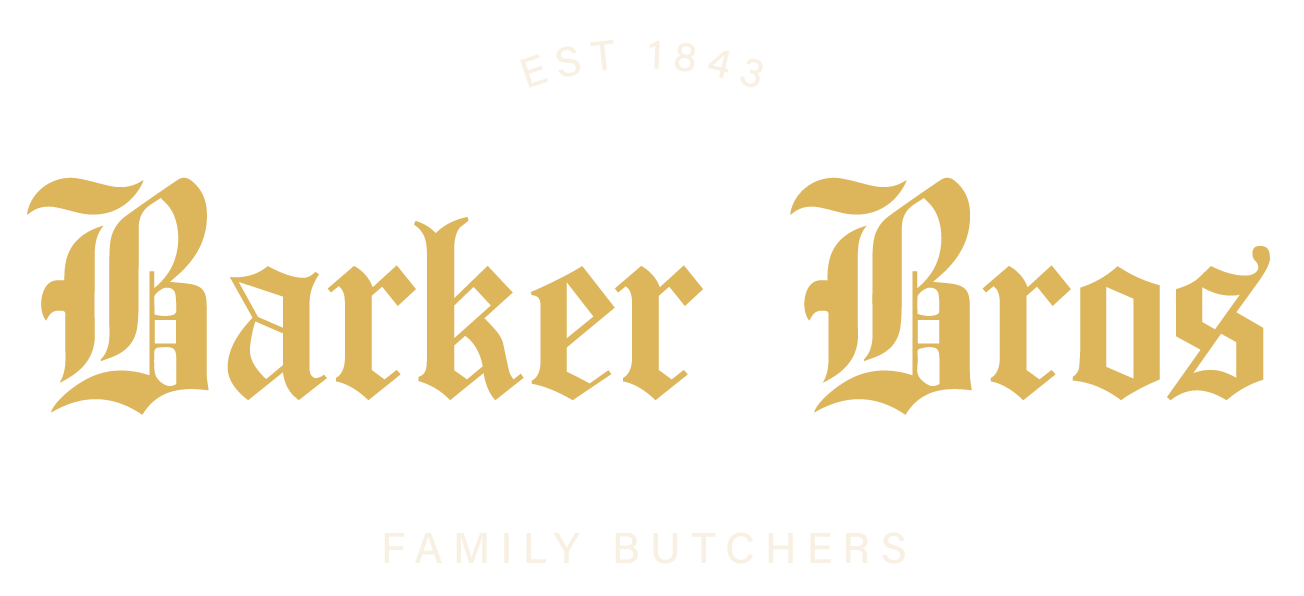Stuart’s Guide to Mastering Mince Basics
The Basics
Mince typically comes in beef, lamb, pork and chicken varieties. We sometimes also have local Venison mince available.
By swapping to a leaner mince, traditional recipes can become healthier. For classics like spaghetti bolognese, chilli con carne, shepherd’s pie or cottage pie, a very lean mince is the best choice.
For dishes like burgers, meat loaf and other patties, one with a slightly higher fat content will help achieve the right texture.
Make it stand out
How to choose
A healthier mince option is one with a lower fat content. Mince is graded by the amount of fat it contains and we will be able to advise if you’re unsure.
As a guideline, mince with a fat content of 10% or less is considered low in fat while mince with less than 4% fat is considered very lean. Leaner mince may cost a little more but it is better value for money.
Minced beef and lamb, are less than 4% fat.
Minced chicken is a good low-fat choice. Venison mince is incredibly lean.
Lean minced pork is another healthy option and can be used in place of other mince or why not blend pork mince with beef to mix it up a little.
How to store
Meat that has been minced has more surface area, the exposure to bacteria is increased, so extra care must be taken in storage.
Raw mince should be stored in the coldest part of your fridge (usually the bottom). and, unless frozen soon after purchase, is best used on the day your buy it!
The longest mince should be kept in the fridge is 3 days after purchase. It can be frozen for up to 2 months, wrapped tightly.
Cooking tips
Mince is best cooked in batches if you intend to cook large quantities.
This stops the mince stewing, turning grey and losing its flavour. Too much mince added to a pan crowds it and reduces the frying pan heat, so the mince cooks unevenly.
Use canned tomatoes for tasty chilli sauces and tomato-based dishes. Add fresh herbs and spices from our range in the shop in Great Shelford - check out onion, basil, garlic, thyme and more!
Use small quantities of tomato pastes, curry and herb pastes to flavour your browned mince. The larger surface area of the mince means their flavour is quickly absorbed and will help you create authentic-tasting dishes simply.



